Why do we get so many April showers?
It's the time of year when a torrential downpour can come and go in minutes — or drench one side of the street while leaving the other side dry. It's all to the good for growing, says Lia Leendertz as she takes a look at the weather of April.
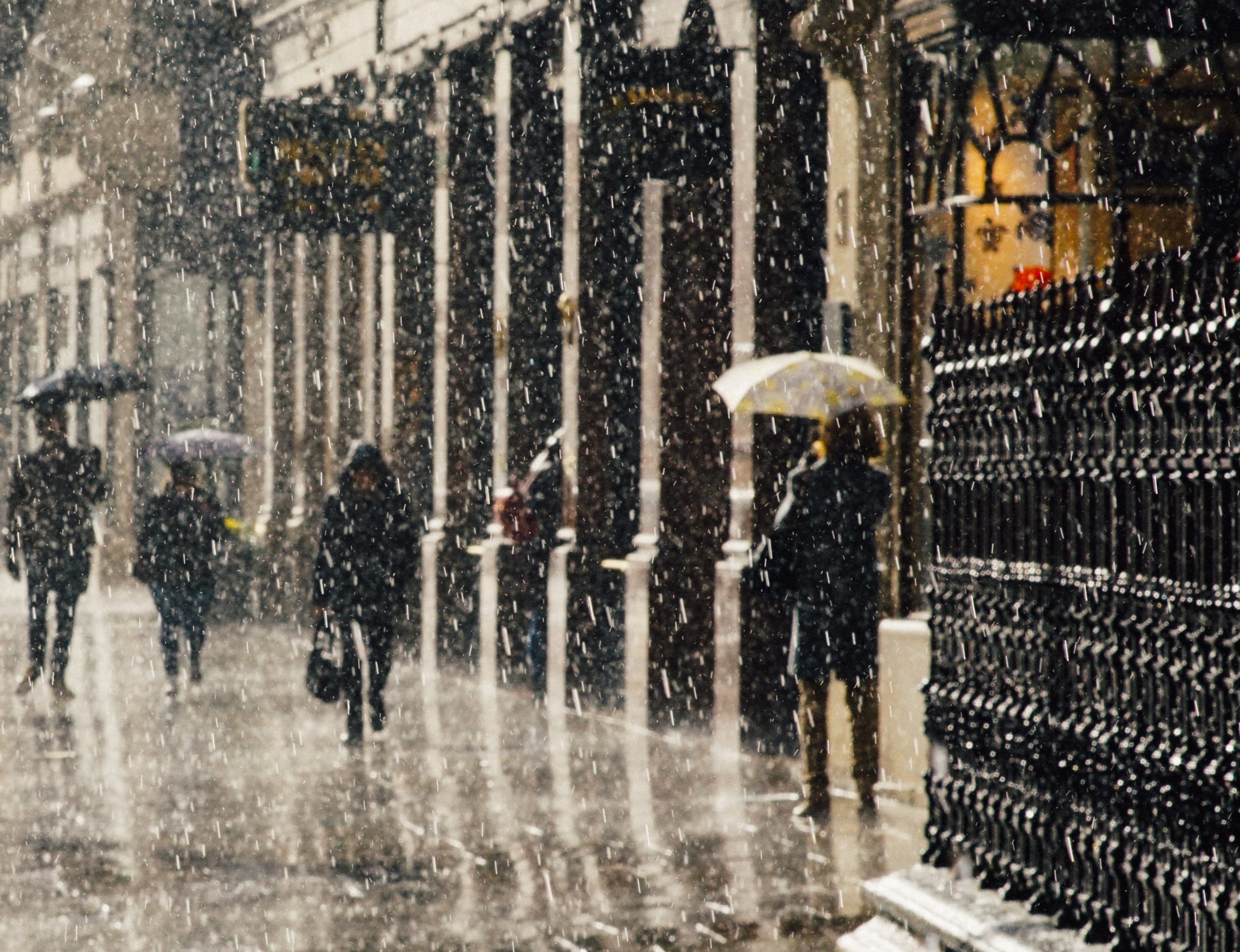

The weather lore of spring, just as crops are being sown, is understandably most concerned with what sort of summer lies ahead of us — and, therefore, what sort of year it will be for yields.
The saying ‘If it thunders on All Fools Day, it brings good crops of corn and hay’ actually has a sound scientific basis. Thunderstorms happen when warm air rises from well-heated ground, leading to the formation of the highly charged cumulonimbus clouds that produce thunder and lightning. Ground that is warm enough to cause thunderstorms at this moment in the year only occurs when there has been an early spring — and an early spring is often the precursor of a good growing season.
As for April's famous showers? The Met Office confirms that April is indeed a particularly showery month thanks to the spring shift in weather patterns: 'The jet stream starts to move northwards, which can bring the first signs of warmth, but also tends to make our weather more unsettled due to low pressure systems being driven towards the UK.'
Showers are also more likely with the land being warmer than the sea: 'At this time of year, the sea temperature around the UK is at its lowest,' Met Office analysts explain. 'This results in warm land temperatures compared with sea temperatures, and so shower clouds develop preferentially over the warmer land.' Rising warmth and moisture boost plant growth, so the old saying that 'April showers bring forth May flowers' has some truth to it.
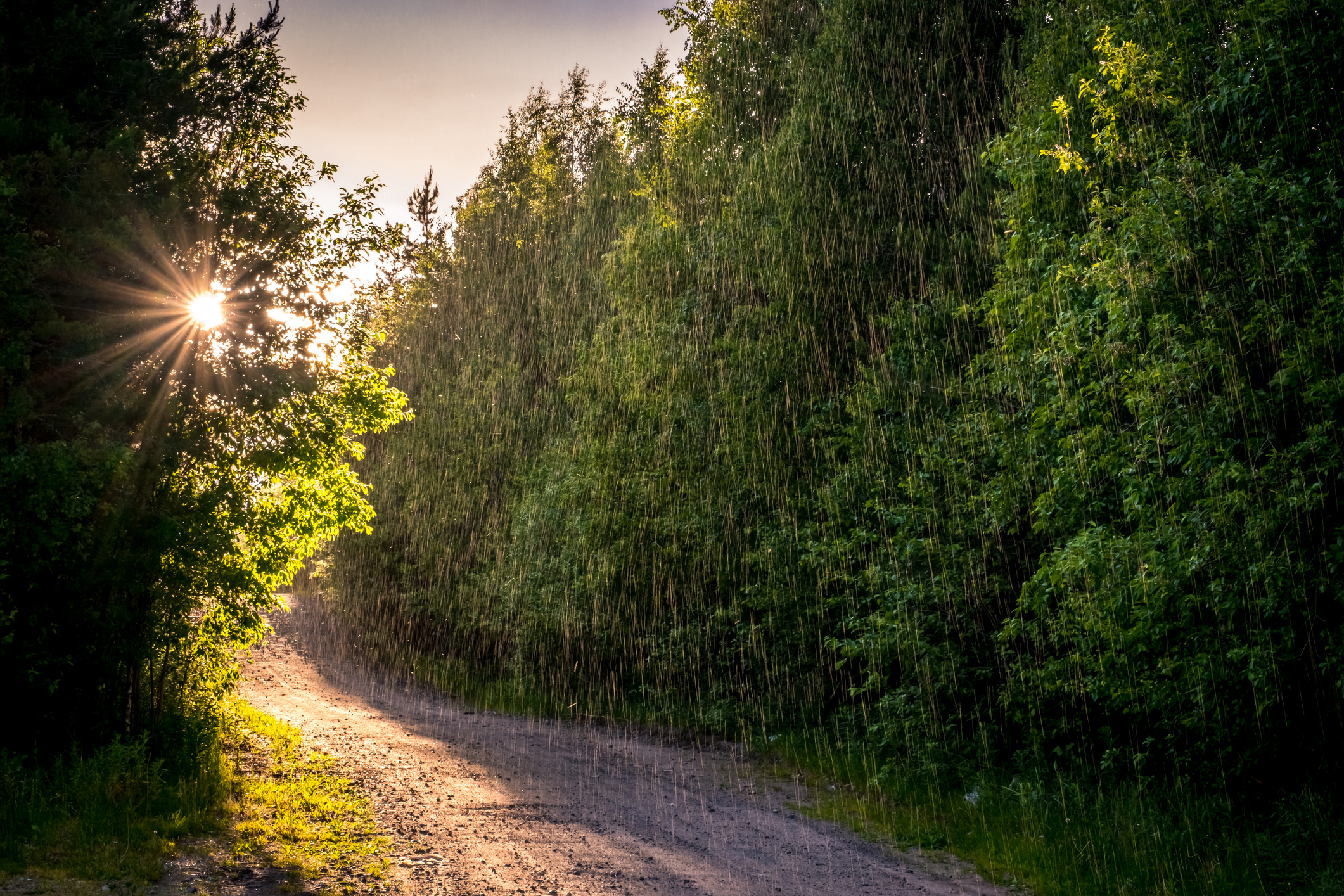
There are several eastern European sayings involving St George’s Day (April 23) being the day that green growth begins. One from Estonia maintains that ‘with his key George makes the grass grow’ and, in Lithuanian tradition, the saint is the keeper of the keys to summer, asked to make the grass grow and to disperse the clouds. Time to get out the lawnmower.
Something else to look out for this month is the budding of the trees, sadly less easy with the advent of ash dieback. ‘Oak before ash, in for a splash; ash before oak, in for a soak’ suggests that the weather will be drier if oak comes into leaf first.
What to look for in the sky in April: A 'super moon', a meteor shower and a total eclipse
On April 8, the super new moon brings perfect conditions for spotting galaxies and star clusters. The full moon of April 23 is the Pink Moon, so-called because it arrived with one of the first spring flowers, pink-hued moss phlox.
Exquisite houses, the beauty of Nature, and how to get the most from your life, straight to your inbox.
It will sadly not be observable from the UK, but there will be a total eclipse of the sun over parts of the US, Canada and Mexico on April 8.
Later in the month, April 22–23 sees the peak of the Lyrid meteor shower.
Lia Leendertz is the author of ‘The Almanac: A Seasonal Guide to 2024’ (Gaia, £12.99)

Curious Questions: Are rainbows actually circular?
Martin Fone delves into the science — and art — of the rainbow.
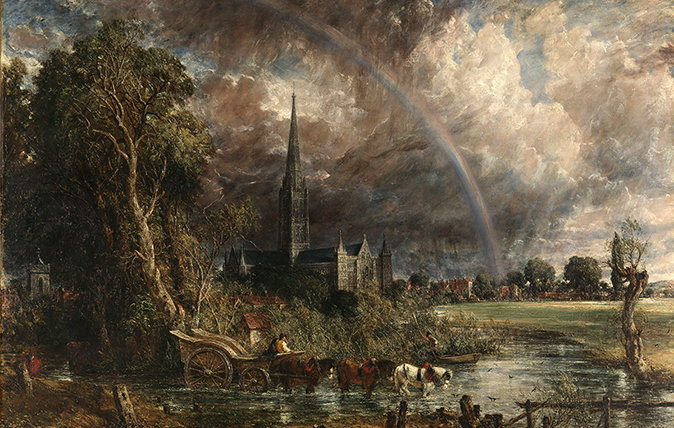
Constable ‘added rainbow after his masterpiece first went on display’
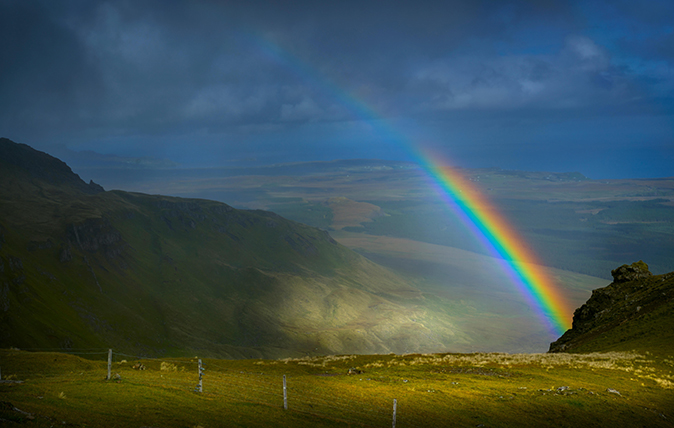
How the rainbow has inspired art, myth and poetry through the ages
The rainbow’s fleeting radiance rings in the human mind like bells and has inspired art, myth and poetry for aeons,
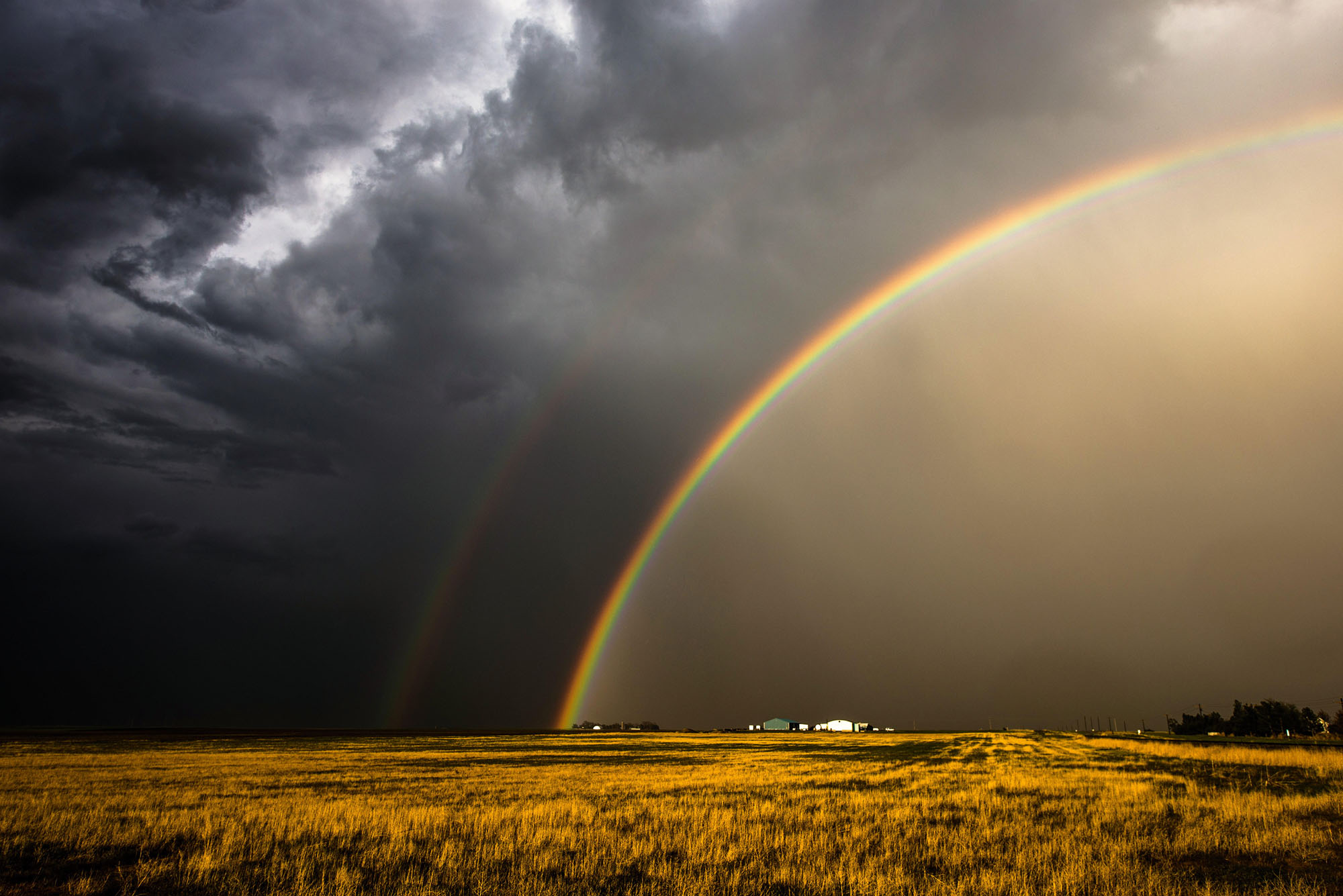
12 of the world's most extraordinary and beautiful weather phenomena — and what makes them happen
We can all identify bolts of lightning, rainbows and stormy skies, but what of some of the earth’s more unusual
-
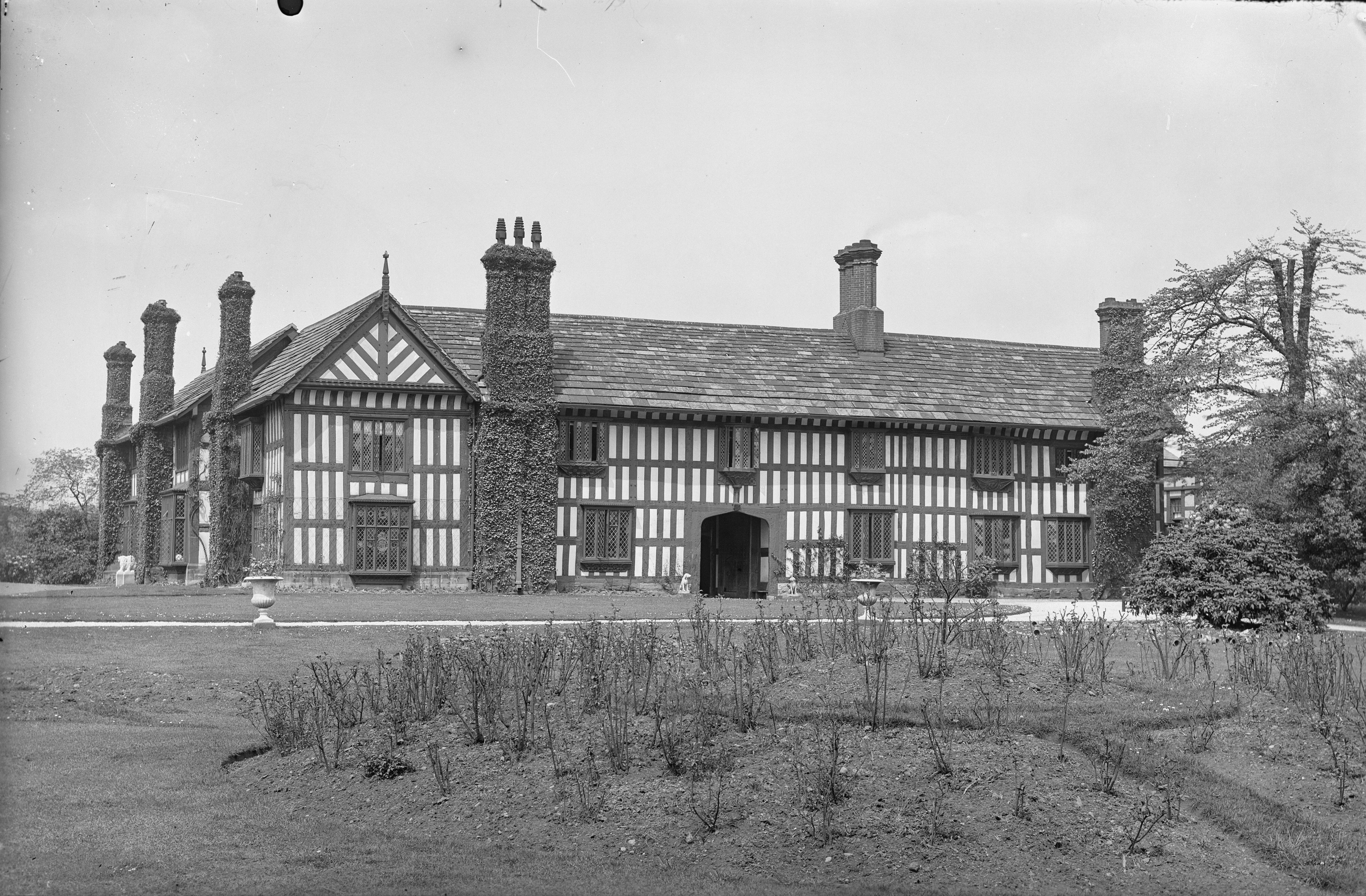 The Henry VII-era house that was dismantled piece by piece and shipped to the USA
The Henry VII-era house that was dismantled piece by piece and shipped to the USAAgecroft Hall, near Manchester, didn't meet the same miserable end as some of Britain's other country homes. Instead, it was shipped to the USA and repurposed as a museum.
-
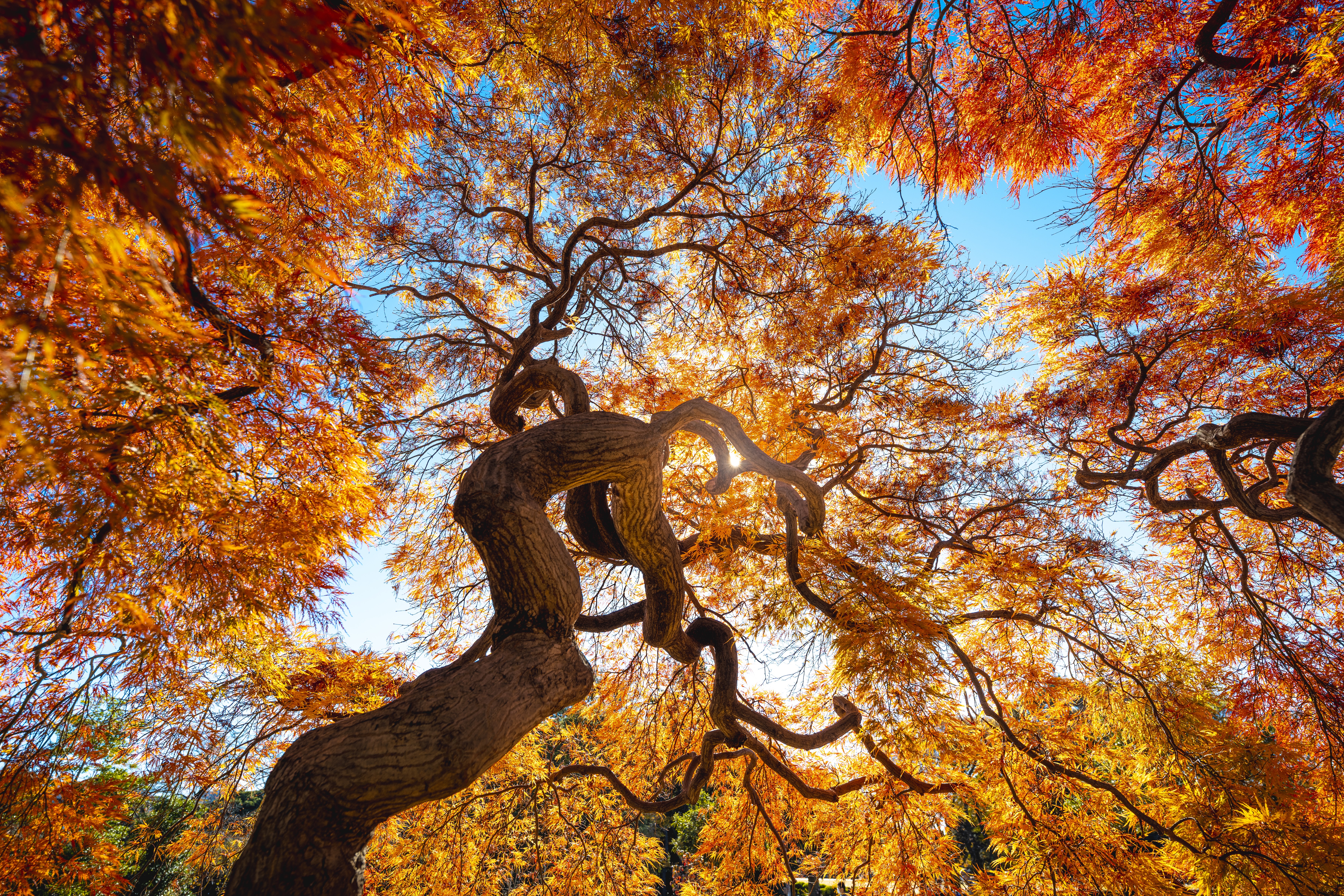 ‘The best time to plant a tree was 20 years ago; the second best time is now'
‘The best time to plant a tree was 20 years ago; the second best time is now'Now is the time to firstly, hug a tree, and secondly, plant some more — in increasingly imaginative ways.
-
 Curious questions: Why do golf balls have dimples? And why are tennis balls furry?
Curious questions: Why do golf balls have dimples? And why are tennis balls furry?As the weather picks up and tennis takes over the silver screen, millions of us are starting to thinking about dusting off our golf clubs and tennis rackets. Which begs the question, why aren't the balls we use for tennis and golf perfectly smooth?
-
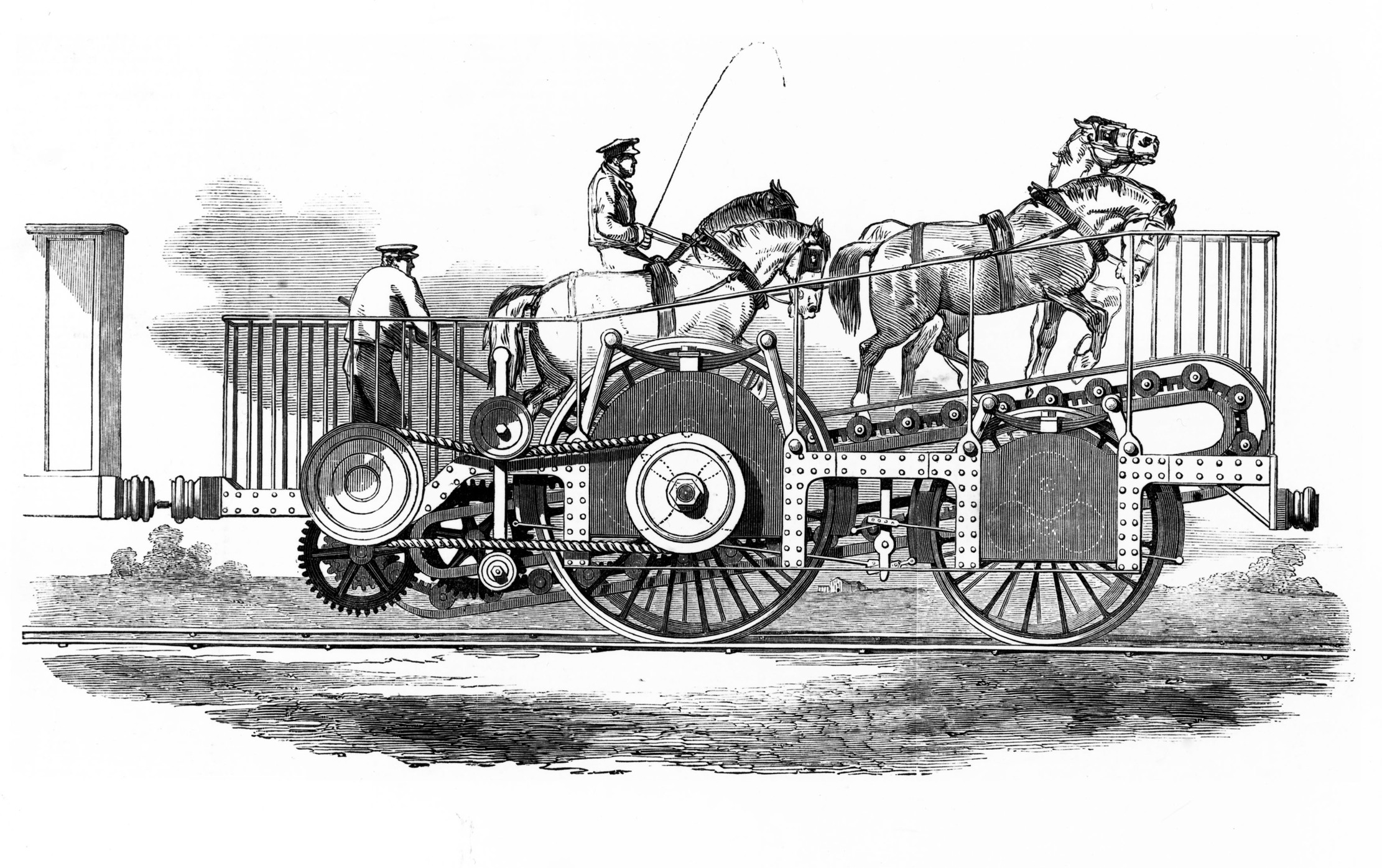 Curious questions: How a horse on a treadmill almost defeated a steam locomotive
Curious questions: How a horse on a treadmill almost defeated a steam locomotiveThe wonderful tale of Thomas Brandreth's Cycloped and the first steam-powered railway.
-
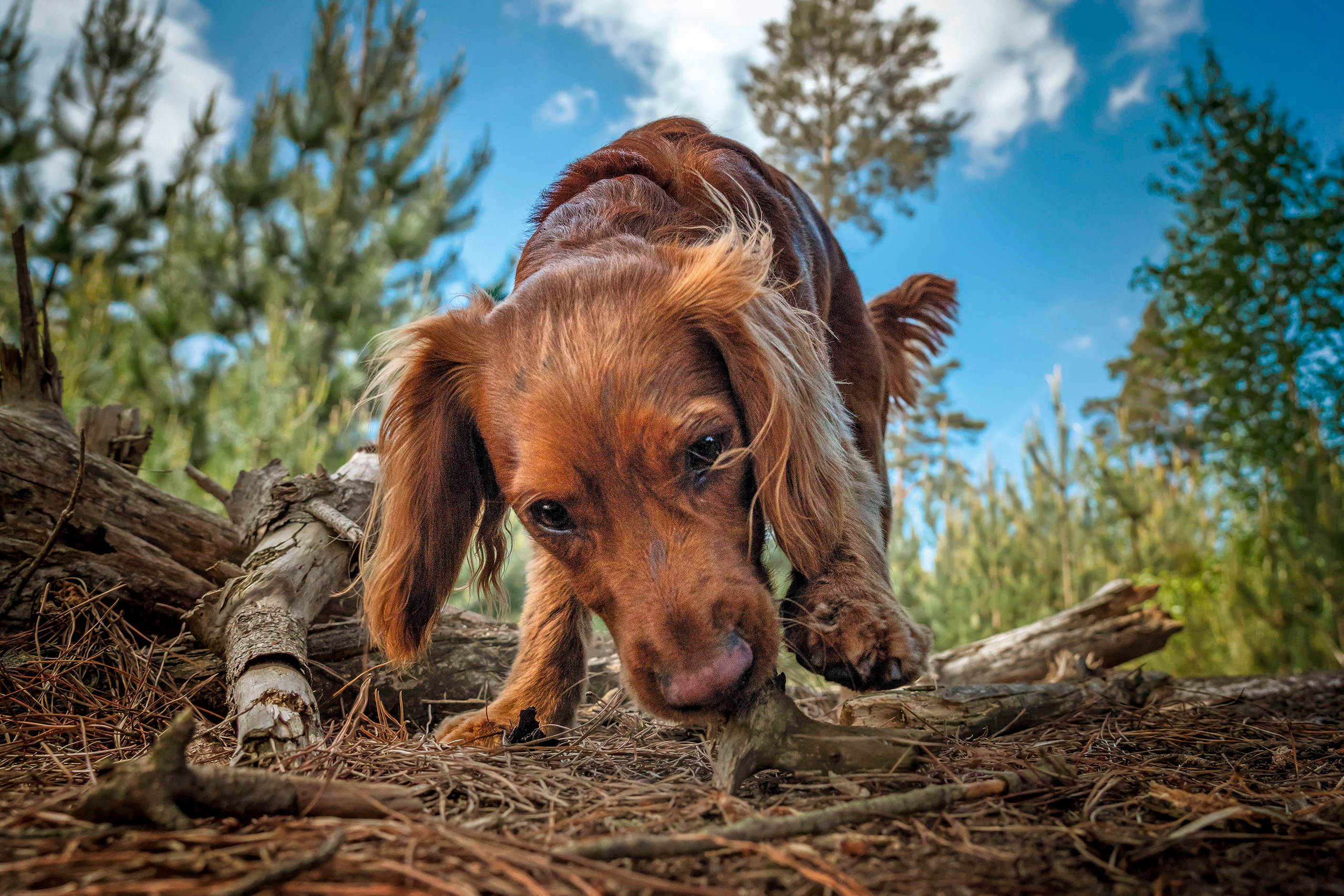 You've got peemail: Why dogs sniff each other's urine
You've got peemail: Why dogs sniff each other's urineEver wondered why your dog is so fond of sniffing another’s pee? 'The urine is the carrier service, the equivalent of Outlook or Gmail,' explains Laura Parker.
-
 Curious Questions: Which person has spent the most time on TV?
Curious Questions: Which person has spent the most time on TV?Is it Elvis? Is it Queen Elizabeth II? Is it Gary Lineker? No, it's an eight-year-old girl called Carole and a terrifying clown. Here is the history of the BBC's Test Card F.
-
 The ship that was in two different centuries, two different years, two different months, two different days and two different seasons, all at the same time
The ship that was in two different centuries, two different years, two different months, two different days and two different seasons, all at the same timeOn December 31, 1899, the SS Warrimoo may have travelled through time — but did it really happen?
-
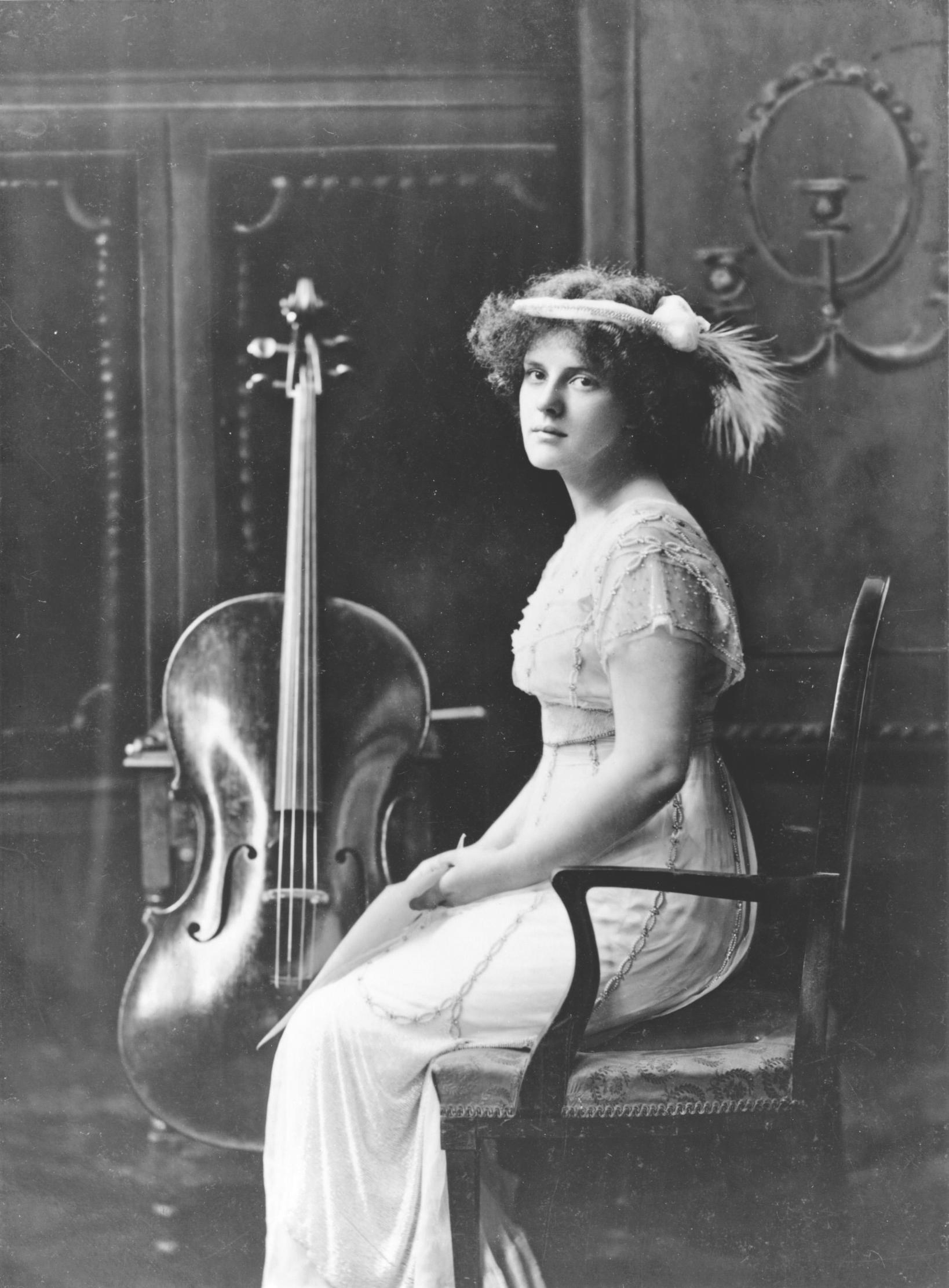 Curious Questions: Was music's famous 'Lady of the Nightingales' nothing more than a hoaxer?
Curious Questions: Was music's famous 'Lady of the Nightingales' nothing more than a hoaxer?Beatrice Harrison, aka ‘The Lady of the Nightingales’, charmed King and country with her garden duets alongside the nightingales singing in a Surrey garden. One hundred years later, Julian Lloyd Webber examines whether her performances were fact or fiction.
-
 Curious Questions: Who wrote the Happy Birthday song?
Curious Questions: Who wrote the Happy Birthday song?There are few things less pleasurable than a tuneless public rendition of Happy Birthday To You, says Rob Crossan, a century after the little ditty came into being
-
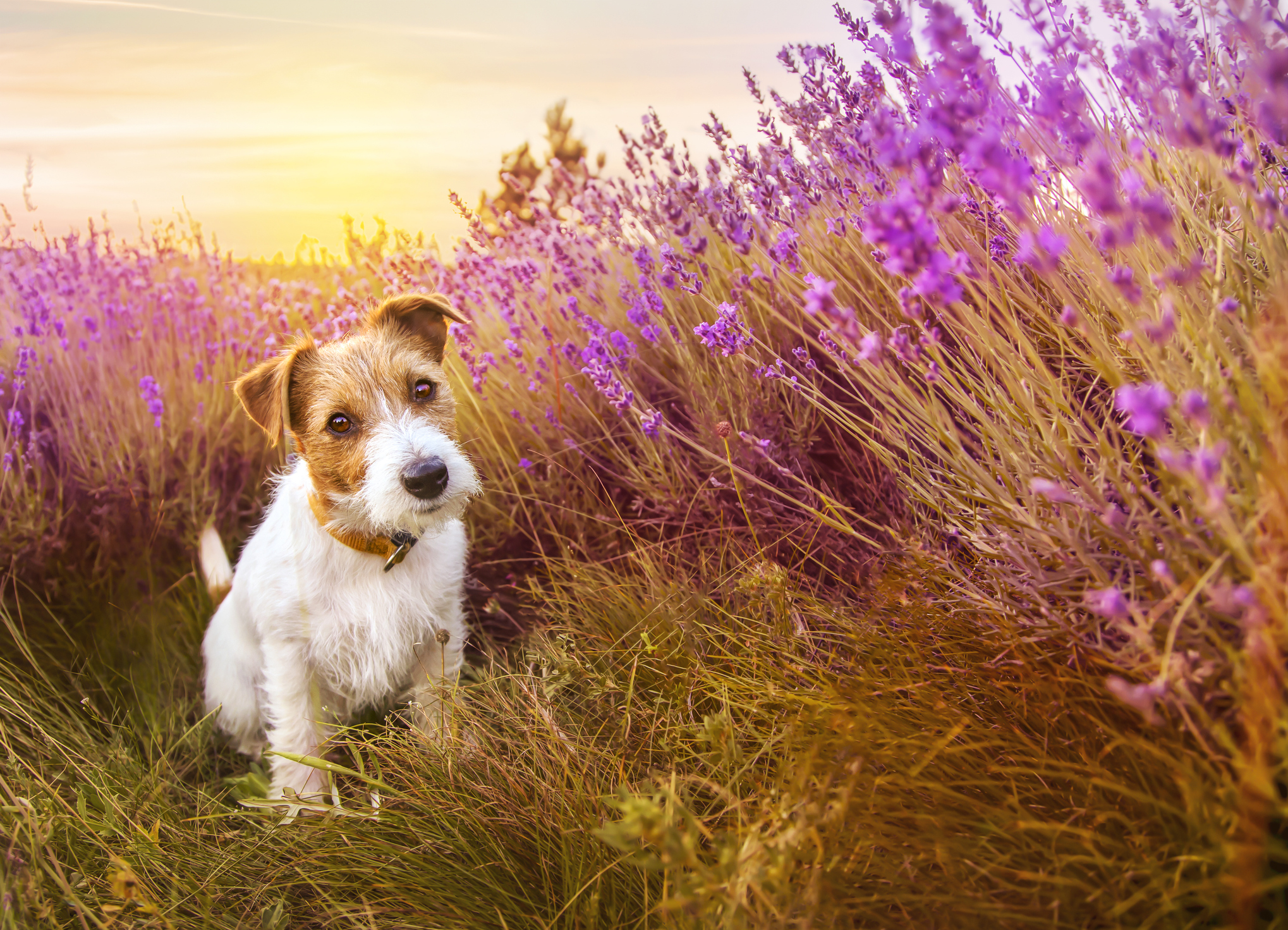 Who was the original Jack Russell who gave his name to one of Britain's favourite dog breeds?
Who was the original Jack Russell who gave his name to one of Britain's favourite dog breeds?Kate Green takes a look at the the legacy of Revd John Russell, the man who gave his name to the Jack Russell and Parson Russell terriers.
